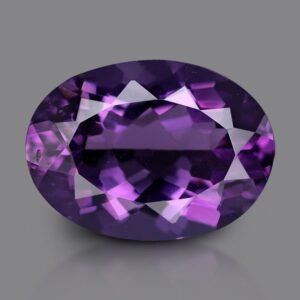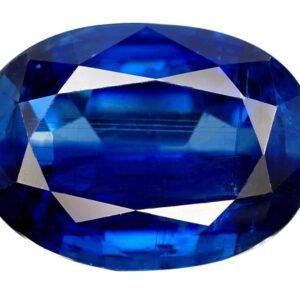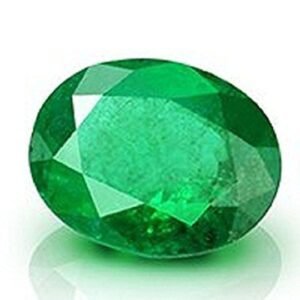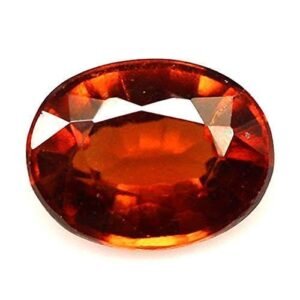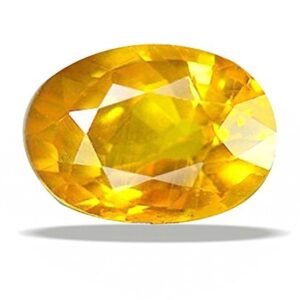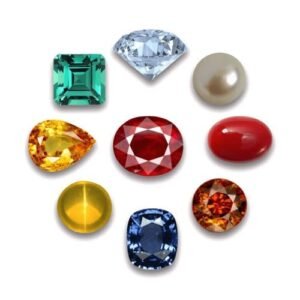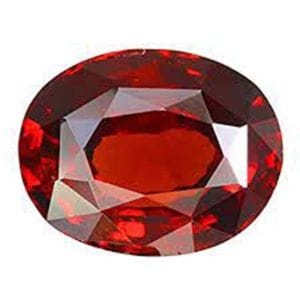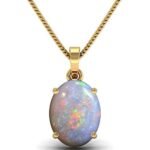Stylo Jewellery | Certified Gemstones & Timeless Jewellery
SHOP BY LOOSE GEMSTONES
SHOP LOOSE MOISSANITES
Natural Gemstone with Lab Certification
-
Gemstones, Ruby
Ruby Stone Natural ( Manik ) Square Cut Kempu Gemstone Natural Certified 2.25 Ct to 15 Ct
Price range: ₹350.00 through ₹2,250.00Select options This product has multiple variants. The options may be chosen on the product pageQuick View -
Gemstones, Red Coral
Natural Gemstone Natural Certified ( lal moonga ) Triangle Shape Munga Gemstone 2.25 Carat to 15 Carat
Price range: ₹350.00 through ₹2,250.00Select options This product has multiple variants. The options may be chosen on the product pageQuick View -
Gemstones, Navratna
Natural Certified Navratna Stones 9 navratna gems for Unisex 2 MM to 5 MM Size
Price range: ₹790.00 through ₹1,250.00Select options This product has multiple variants. The options may be chosen on the product pageQuick View -
Gemstones, Hessonite Garnet
Natural Hessonite Garnet Stone Natural (gomed ) oval Cut Gomedakam Gemstone 2.25 Ct to 15 Ct
Price range: ₹350.00 through ₹2,250.00Select options This product has multiple variants. The options may be chosen on the product pageQuick View
About Gemstones FAQ
Gemstones are naturally occurring minerals or rocks that are cut and polished to be used in jewelry or as ornamental items. They are prized for their beauty, rarity, and often, their durability.
Some of the most popular gemstones include diamonds, rubies, sapphires, emeralds, amethysts, and pearls. However, there are countless other gemstones, each with its unique properties and charm.
The terms “precious” and “semi-precious” were traditionally used to categorize gemstones. Precious gemstones included diamonds, rubies, sapphires, and emeralds, while all others were considered semi-precious. However, this classification is outdated, and today, all gemstones are valued based on their individual characteristics.
Synthetic gemstones are created in a laboratory but have the same chemical and physical properties as natural gemstones. They are often more affordable but lack the rarity and natural imperfections of their natural counterparts.
Gemstone authenticity can be verified through various methods, including certification from reputable gemological laboratories, professional appraisal, and visual inspection for inclusions or imperfections.
FROM BUYERS
Reviews

I recently purchased a loose ruby from Stylo Jewellery and I’m extremely pleased with the experience. The stone’s colour is vivid and consistent with the description, and the cut is clean with excellent symmetry. Packaging was secure, delivery was prompt and the team answered all my questions with patience. A trustworthy brand for those serious about gemstones.

Bought a citrine gemstone, and it’s flawless. The yellow sparkle is lively and warm.

My ruby pendant is breathtaking. The red gemstone is flawless and radiates brilliance. The design is elegant and perfect for any outfit. It came beautifully packed with certification. Truly an amazing purchase.

Bought a peridot pendant, and I’m impressed by its bright green sparkle. It’s lightweight and comfortable to wear. stylojewellery’ quality is always reliable. Fast shipping and good customer service.


